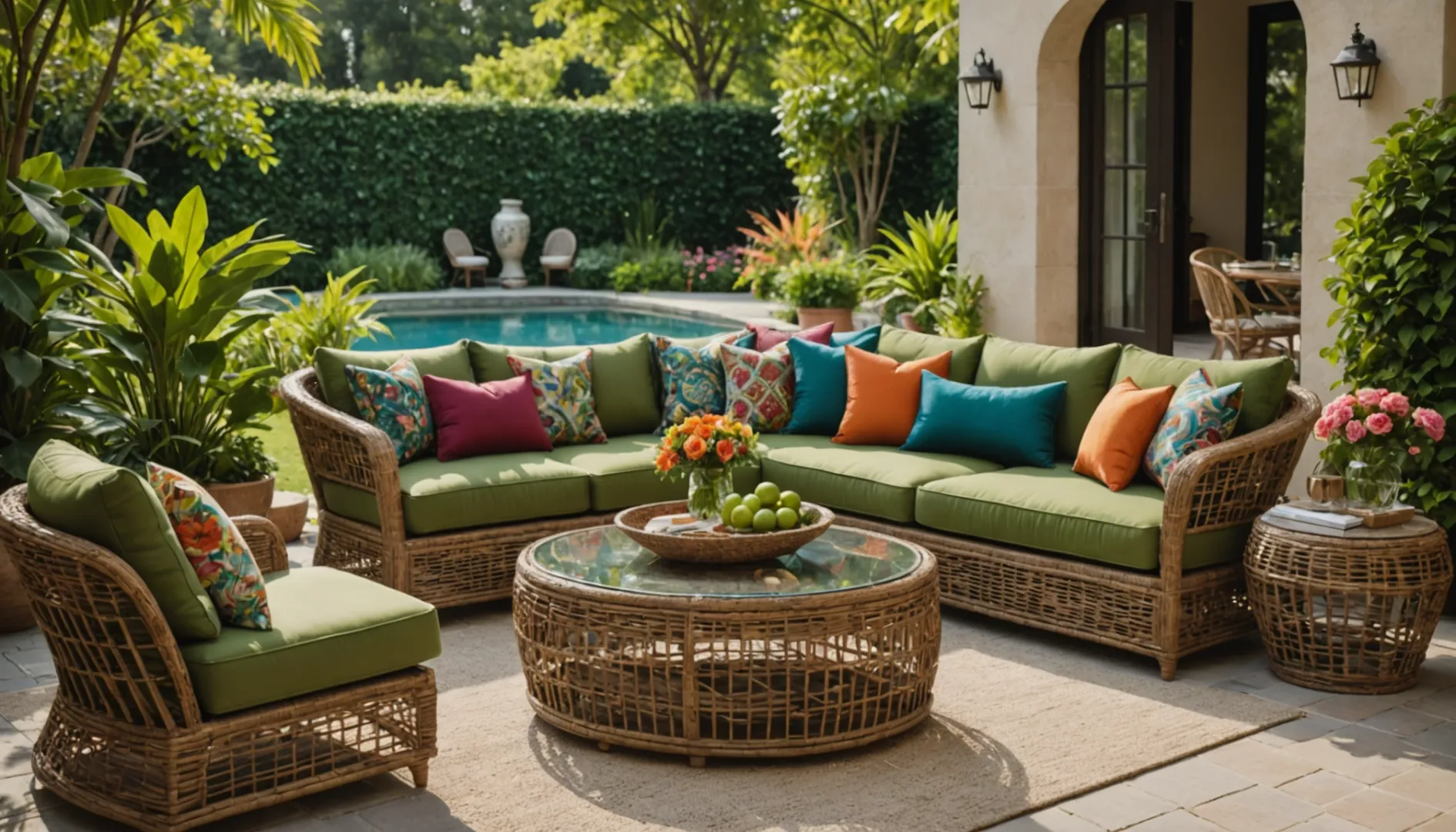
Choosing between rattan and wicker for your patio setup can feel like deciding between two beloved friends.
Rattan comes from palm trees, celebrated for its toughness and resilience, perfect for outdoor settings. Meanwhile, wicker is a weaving technique that uses various materials, including synthetic ones. Your choice hinges on climate, aesthetic desires, and how much upkeep you’re ready to embrace.
I remember standing in the garden section of my local store, surrounded by beautiful sets of outdoor furniture, each whispering promises of summer comfort. It was then I realized the importance of not just how they looked but how they’d survive the unpredictable weather. Rattan’s natural strength appealed to me for those sunny afternoons when I could sip lemonade without a care. However, wicker’s versatility and modern designs sparked thoughts of stylish gatherings. Understanding these differences truly helps in picking the one that will endure both time and elements.
Rattan is more weather-resistant than wicker.False
Wicker refers to a weaving technique, not a material; rattan can be woven into wicker.
Wicker furniture is usually cheaper than rattan furniture.True
Wicker can be made from various materials, often less expensive than pure rattan.
What Are the Main Differences Between Rattan and Wicker?
Ever wonder if rattan and wicker furniture are the same? Let’s unravel their differences to help you pick the perfect piece for your space.
Rattan is a natural vine used in crafting furniture, while wicker refers to the weaving technique applied to materials like rattan. This key difference influences the furniture’s durability, style, and care needs.
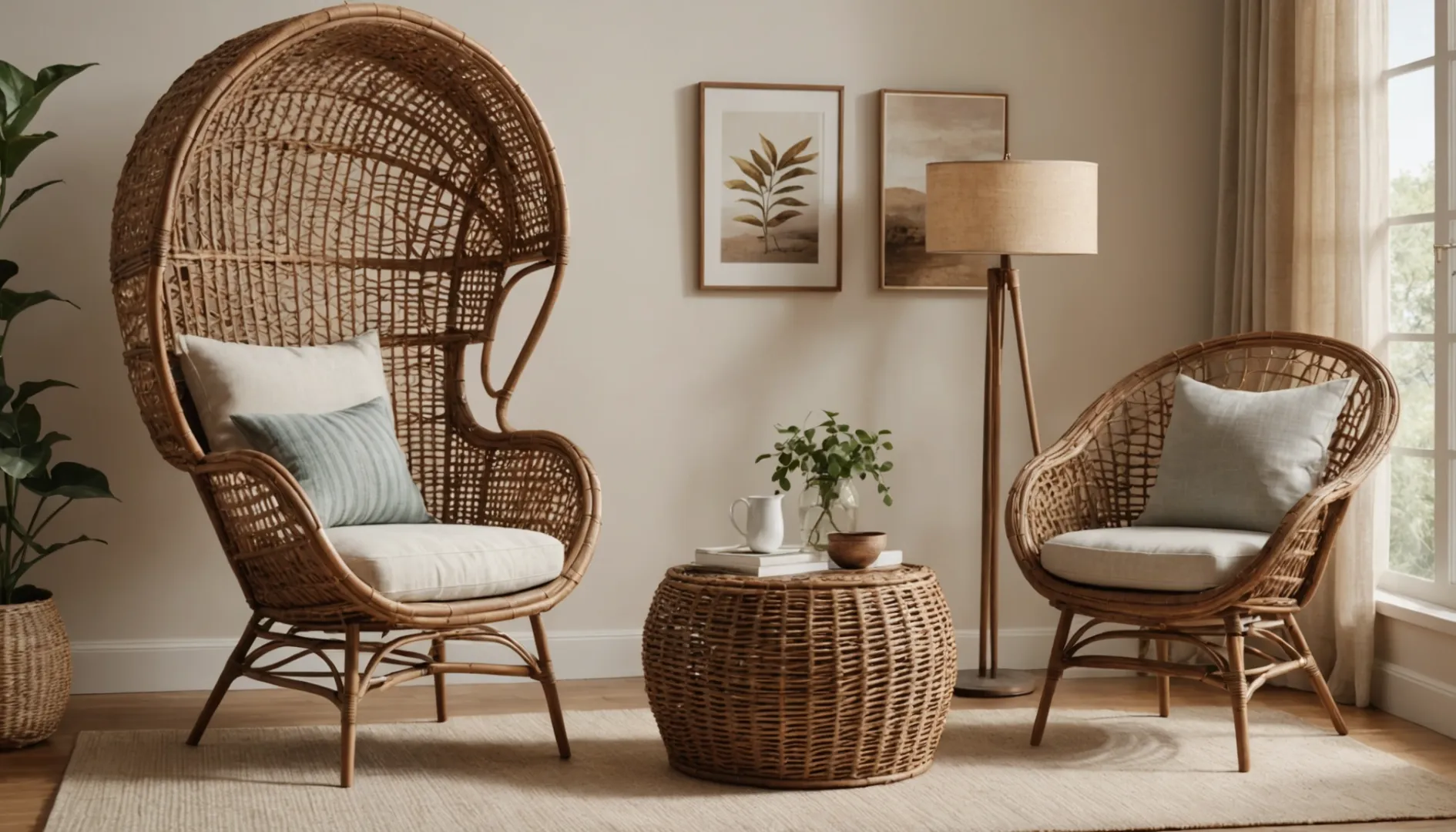
Understanding Rattan: The Natural Material
I remember the first time I laid eyes on a piece of rattan furniture; it was love at first sight. There was something so genuine and earthy about its look, as if it had a story to tell from deep within the tropical forests of Southeast Asia. Rattan, with its solid core, is known for being both flexible and strong. It makes for robust furniture that beautifully complements various home decor styles1. But owning rattan means embracing its quirks, like ensuring it stays dry and gets a good dusting now and then.
Exploring Wicker: The Technique
On the other hand, wicker isn’t about what it’s made of but how it’s made. It’s a method that can transform anything from rattan to bamboo or even synthetic fibers into something special. I once mistook a wicker chair for rattan, only to learn that wicker is the artistry of weaving. That’s why wicker products are lightweight yet incredibly sturdy, fitting seamlessly into both indoor and outdoor spaces. When choosing among different furniture styles2, understanding this weaving technique can truly enhance your selection.
Durability and Maintenance Considerations
Rattan furniture often wins in the durability department thanks to its solid nature, but exposure to harsh weather can be its Achilles’ heel. I discovered this firsthand when I left a beloved rattan chair outside during a rainstorm—it wasn’t happy! Meanwhile, wicker’s strength relies on its material. Synthetic wicker, for instance, handles the outdoors like a champ compared to natural rattan. It’s important to consider the specific maintenance needs3 of each type to ensure your pieces last.
Aesthetic Appeal and Versatility
The natural texture and warmth of rattan have always drawn me in for its rustic charm, making it a staple in my home decor journey. Wicker, though, offers a rainbow of possibilities with its ability to adapt various materials into different colors and designs. Deciding between rattan and wicker often boils down to what vibes you’re going for in your decor themes4. Whether it’s blending into an existing setup or setting a new mood, each offers unique versatility.
Rattan is a material, while wicker is a weaving style.True
Rattan is a vine used to make furniture; wicker refers to the technique.
Wicker furniture is more durable than rattan furniture.False
Durability depends on the material used in the wicker weave, not the style.
How Does Each Material Perform in Different Weather Conditions?
Ever wondered how the materials around us react to different weather conditions? It’s like they have their own personalities, each responding uniquely to the sun, rain, and chill.
Each material, from metals to polymers to composites, responds distinctively to weather changes. Metals may expand with heat and contract in cold, while polymers can become brittle in the cold. Composites often provide balanced performance, making them suitable for varied conditions.
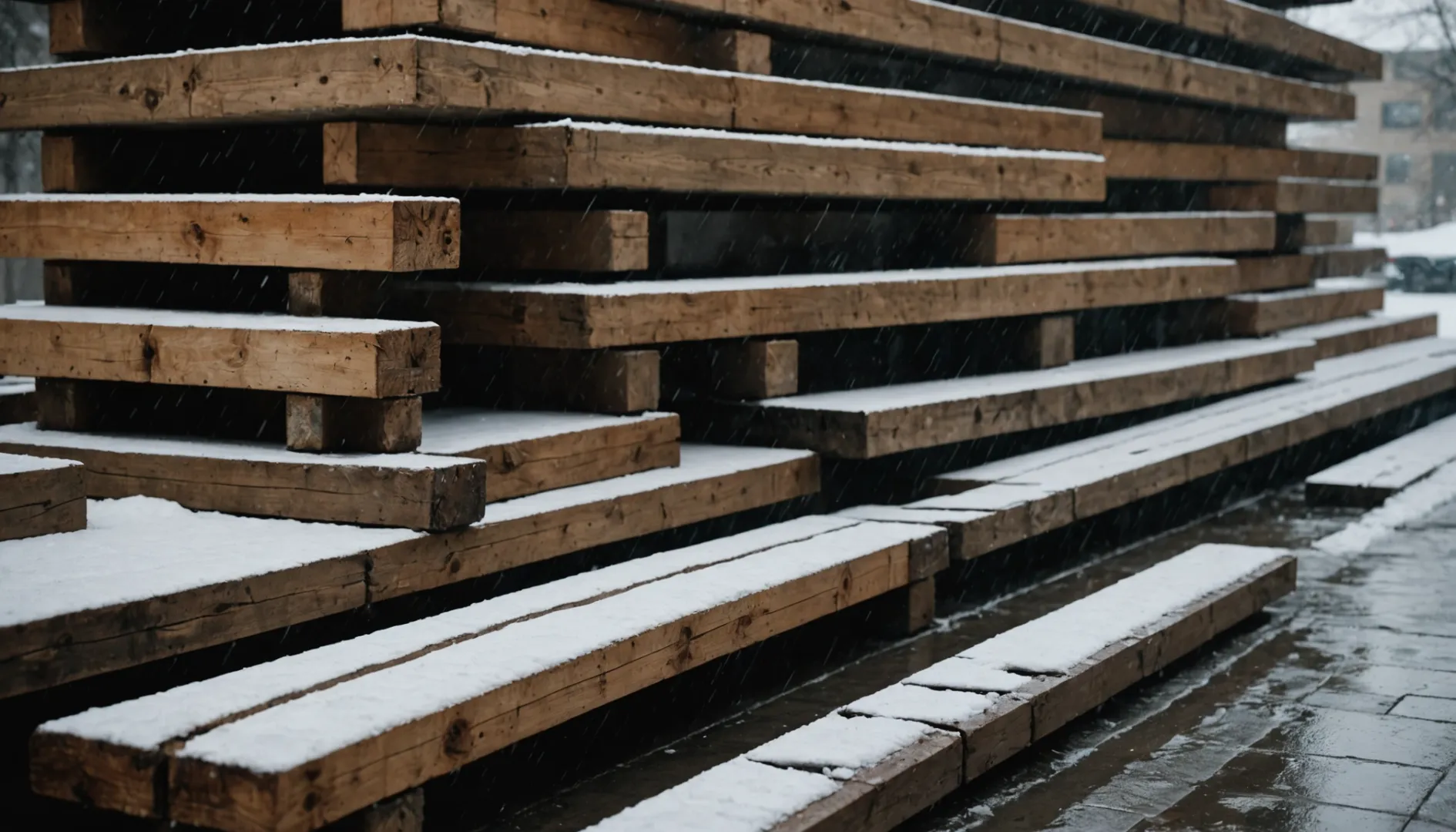
Metal Performance in Weather Conditions
Metals are fascinating because they seem so unyielding, yet they dance to the rhythm of temperature changes. Think of steel girders expanding under the summer sun, almost like they’re taking a big stretch. But when winter arrives, they contract and can become surprisingly fragile. That’s why it’s crucial to consider these temperature swings when planning any construction project that will face the elements. This characteristic makes it crucial to consider temperature variations5 when choosing metals for structures exposed to seasonal changes.
Polymers and Their Weather Response
Polymers are like those fair-weather friends who thrive in the sun but struggle in the cold. Plastics and rubbers, for instance, can get nice and flexible when it’s warm, but they might crack or lose their shape when things freeze over. And don’t get me started on what UV rays can do—they’re like kryptonite for untreated polymers. Understanding polymer stability6 can aid in selecting the right type for products exposed to diverse climates.
Composites: The Balanced Option?
Composites might just be the Goldilocks of materials. They combine the best qualities of their components to offer something resilient and adaptable. Take fiberglass, for example—it holds up well against temperature changes and shrugs off UV rays better than many plastics. By tweaking what goes into them, composites can be fine-tuned for just about any weather situation. Investigating composite material advantages7 can provide insights into their use in extreme weather environments.
Role of Environmental Factors
It’s not just about temperature; humidity and sunlight also play their parts. Imagine a humid summer day speeding up corrosion in metals or intense sunlight bleaching the color out of your patio furniture’s polymer coating. Understanding these environmental impacts is like having a roadmap for predicting how materials will hold up over time. Analyzing environmental impact on materials8 helps predict longevity and maintenance needs in specific climates.
Concrete expands in high temperatures.True
Concrete expands when heated due to thermal expansion, affecting structures.
Wood is unaffected by humidity changes.False
Wood absorbs moisture, causing it to expand or contract with humidity.
What Materials Can Make Home Maintenance Easier?
Ever found yourself caught between wanting a stylish home and dreading the upkeep?
Opt for composite decking, vinyl siding, and quartz countertops for a low-maintenance lifestyle. These materials are durable, easy to care for, and perfect for anyone who wants more time enjoying their home than maintaining it.
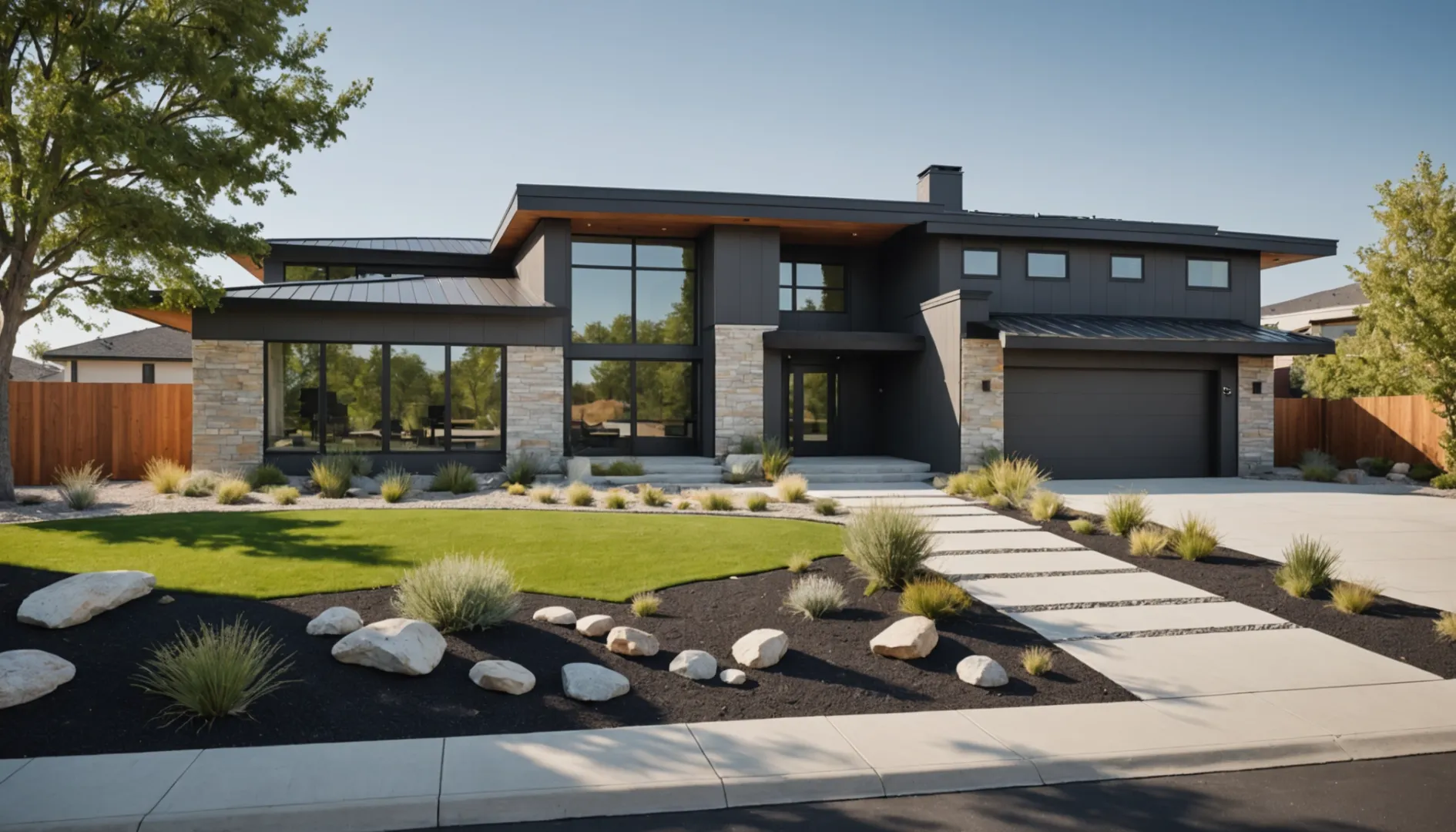
Composite Decking: A Hassle-Free Choice
I remember the moment I decided to switch from traditional wood to composite decking. It was a Saturday morning; I was sipping my coffee and staring at the worn-out boards of my backyard deck. The thought of spending yet another weekend sanding and staining was daunting. That’s when I stumbled upon composite decking—a game-changer. Made from recycled wood fibers and plastic, this material doesn’t demand annual staining or sealing. Plus, it’s resistant to rot and insects, meaning fewer headaches for me. I even noticed the vibrant color staying fresh, unlike wood that fades over time.
So, if you’re like me and want to enjoy your outdoor space without endless chores, consider making your backyard a low-maintenance paradise with composite decking9.
Vinyl Siding: The Durable Exterior
Switching to vinyl siding was another win in my quest for an easier life. I used to dread painting my house every few years. But with vinyl siding, those worries vanished. It’s impervious to pests like termites and can handle harsh weather without cracking. A quick spray with the garden hose is all it takes to keep it looking pristine. And with so many colors and styles available, I could personalize my home’s exterior without adding maintenance to my list of chores.
If you want a long-lasting solution for your home’s exterior, check out the benefits of vinyl siding10.
Quartz Countertops: Elegant and Easy to Maintain
I fell in love with quartz countertops the first time I wiped a spill clean in seconds. Unlike natural stones like marble, quartz is non-porous and doesn’t stain easily. In my kitchen, where spills are inevitable, this is a blessing. It’s heat-resistant too, so no more worrying about placing hot pans directly on the surface.
Cleaning is effortless—just a bit of soap and water. With its array of colors and patterns, quartz seamlessly marries functionality with style in my home. Discover why quartz countertops11 are becoming a favorite among modern homeowners like us.
By choosing these materials, I’ve significantly cut down on maintenance time and costs, allowing me to enjoy more quality time at home.
Vinyl siding requires less maintenance than wood siding.True
Vinyl is durable, doesn't need painting, and resists pests.
Natural stone surfaces need frequent sealing and upkeep.False
Natural stone is durable and often only needs periodic sealing.
What Are the Cost Implications of Choosing Rattan or Wicker?
Choosing between rattan and wicker can feel like deciding between classic charm and modern flair. Here’s a deeper look at what each option might mean for your wallet.
Rattan often carries a higher price tag due to its durability and natural appeal, while wicker offers a budget-friendly alternative with varying levels of robustness. Weigh the long-term costs and maintenance when deciding.
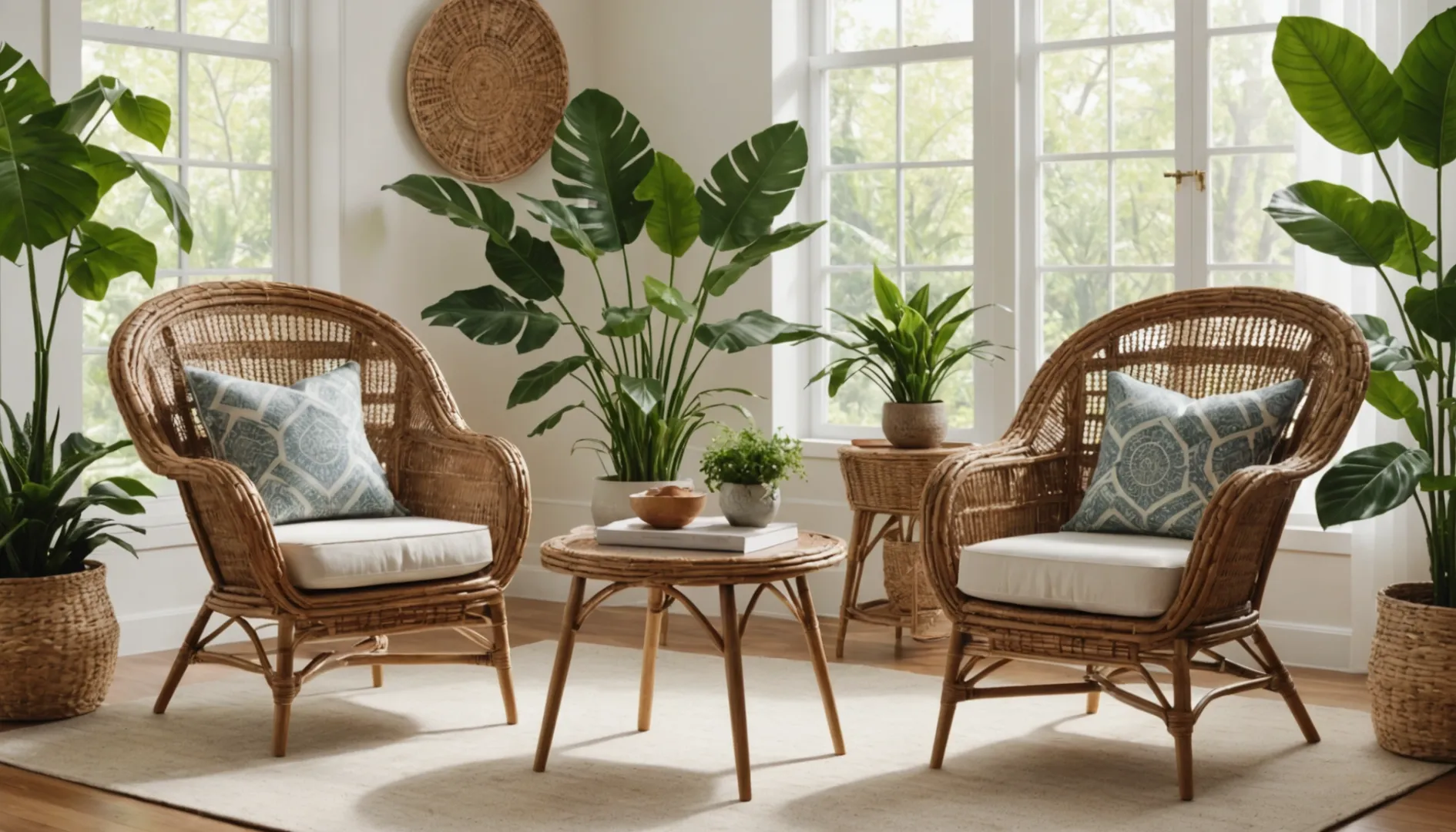
Understanding Rattan and Wicker
Before diving into costs, it’s essential to understand the basics of rattan12 and wicker. I remember my first encounter with rattan; its smooth, natural curves immediately drew me in. Rattan is a vine from tropical areas, prized for its strength and adaptability. Meanwhile, wicker isn’t a material but a weaving technique, using materials like rattan or synthetic fibers.
Initial Cost Comparison
Rattan furniture can feel like a splurge at first. I once hesitated at the price tag but was swayed by its timeless beauty and resilience. In contrast, wicker furniture, particularly those made from synthetic materials or less expensive woods, offers a more accessible price point for those looking to style on a budget.
Durability and Longevity
In terms of durability, rattan often takes the lead. Its sturdy nature means it handles the outdoor elements well, which has saved me from frequent replacements. However, I’ve found that good-quality synthetic wicker can also stand up to wear and tear surprisingly well, offering a durable option without breaking the bank.
Maintenance Costs
The upkeep for these materials varies quite a bit. Maintaining rattan involves regular oil treatments to keep it looking fresh and prevent cracking—something I learned the hard way after neglecting my first rattan chair. Synthetic wicker, on the other hand, requires just a quick wash with soap and water, making it an easier, less costly option over time.
Aesthetic Considerations
Aesthetically speaking, rattan’s natural look has always charmed me with its ability to fit both indoors and outdoors seamlessly. Wicker offers versatility; its range of styles and colors lets me play around with different looks without committing too heavily.
Long-Term Value
Looking at long-term value, I’ve noticed that investing in rattan often pays off due to its durability and timeless appeal—it can even boost resale value. But if you’re like me and enjoy refreshing your decor regularly without major financial outlay, wicker could be your best bet for flexibility and affordability.
Considering all these factors will help you choose the option that fits best with your budget and lifestyle.
Rattan furniture is more expensive than wicker.True
Rattan is often priced higher due to its natural origin and durability.
Wicker requires more maintenance than rattan.False
Both require similar maintenance, but material type affects effort needed.
Conclusion
Rattan offers durability and natural beauty for outdoor furniture, while wicker provides versatility and affordability. Your choice depends on climate, maintenance preferences, and desired aesthetics.
-
Explore how rattan fits into diverse decor styles effectively. ↩
-
Discover popular styles to inspire your furniture selection. ↩
-
Learn essential maintenance tips for prolonging furniture life. ↩
-
Find decor themes that beautifully incorporate wicker pieces. ↩
-
Learn how temperature variations impact metal expansion properties. ↩
-
Discover how polymers maintain stability across diverse climates. ↩
-
Explore why composites are chosen for weather-resistant applications. ↩
-
Find out how environmental factors affect material lifespan. ↩
-
Discover how composite decking simplifies outdoor maintenance. ↩
-
Learn why vinyl siding is perfect for low-maintenance exteriors. ↩
-
Understand why quartz countertops are ideal for easy care. ↩
-
Discover why rattan’s natural strength makes it ideal for furniture. ↩

